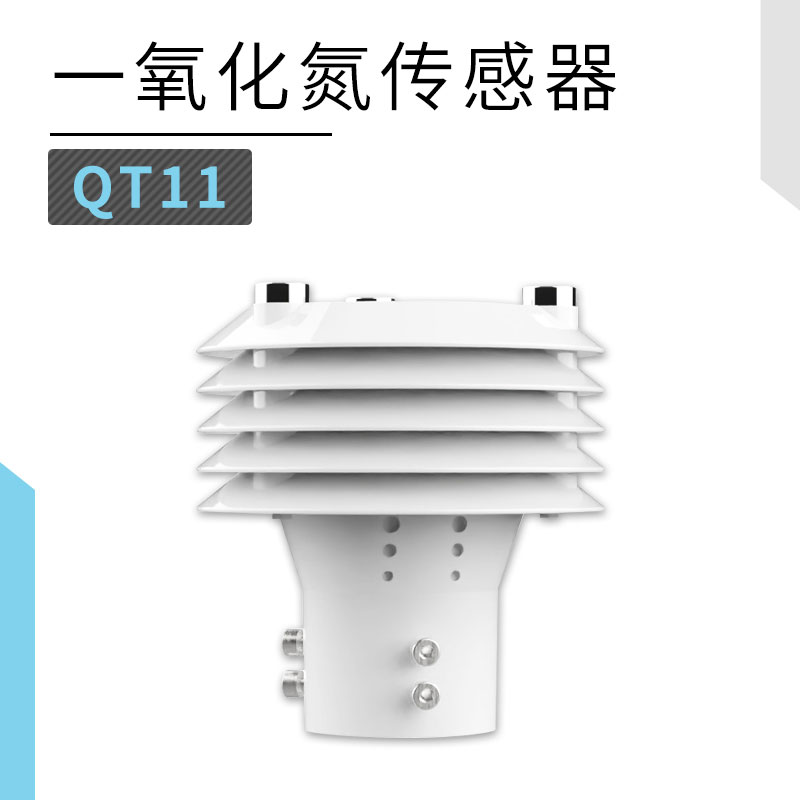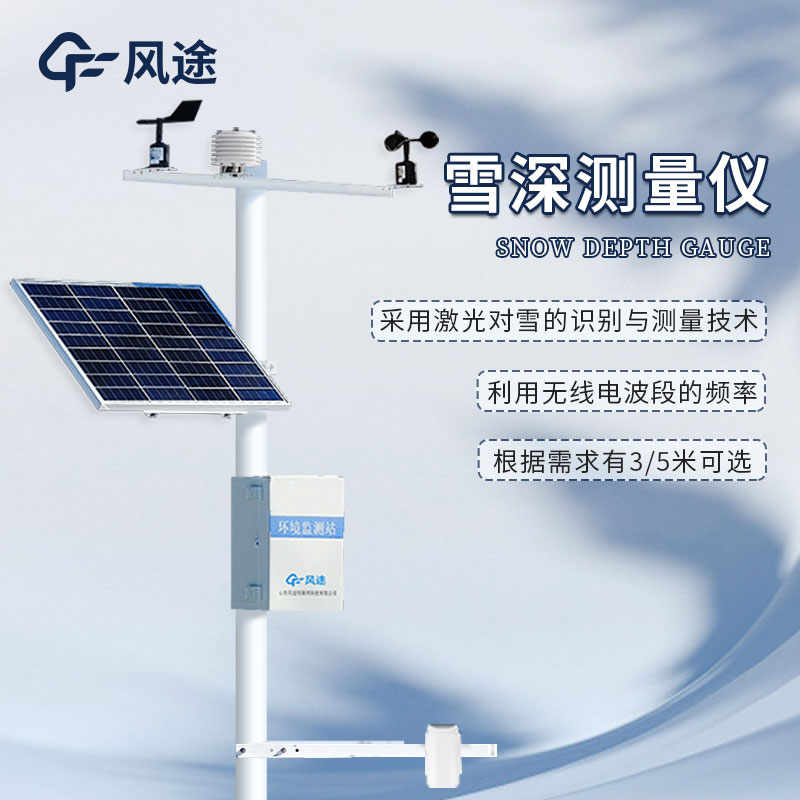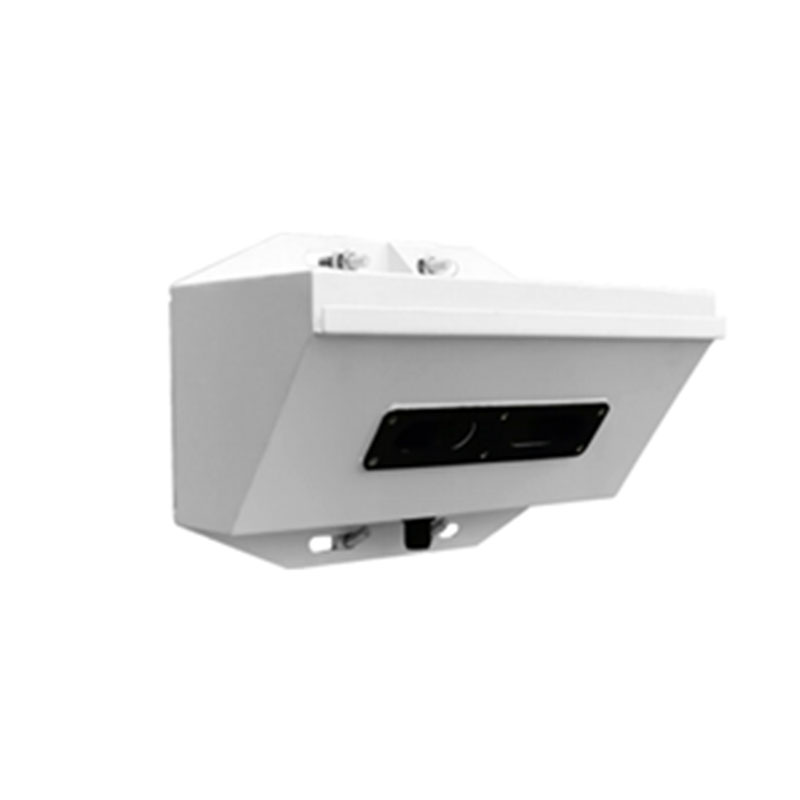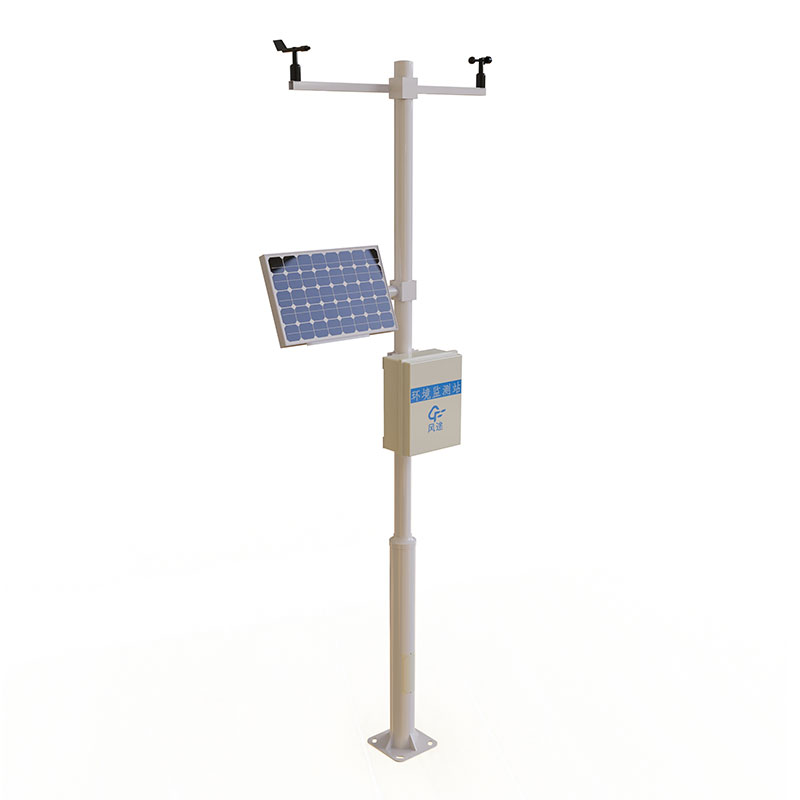Product
Recommended article
- One - Stop Dust Monitoring Solution
- How Forestry Weather Stations Bolster Forest Fire Prevention Efforts
- Discover the Power of Negative Oxygen Ion Monitoring System for Cleaner Air
- Comparative Analysis of Ultrasonic and Automatic Weather Stations in Meteorological Monitoring
- Breaking Through the ‘Last Meter’ with Online Dust Monitoring System
- Mastering Road Conditions with Road Weather Station
Contact us
Shandong Fengtu IOT Technology Co., Ltd
Sales Manager:Ms. Emily Wang
Cel,Whatsapp,Wechat:+86 15898932201
Email:info@fengtutec.com
Add:No. 155 Optoelectronic Industry Accelerator, Gaoxin District, Weifang, Shandong, China
Multifunctional meteorological monitoring equipment for ten-element weather stations
Article source:Weather station time:2024-07-02 09:04:48 viewed:57times
The mechanisms of the Earth's functioning are extremely complex, and the complexity in the field of meteorology is particularly significant. Human sensory perception alone is not enough to accurately understand current climate conditions, weather changes and climate patterns. Therefore, it is necessary to rely on scientific and technological progress to develop a set of systematic perception tools.
Ground meteorological detection technology is a key way to obtain extensive meteorological information, which integrates multidisciplinary technologies such as physics, mathematics and computer science to form a set of mature detection technologies for ground meteorological elements.
Ground meteorological stations are the concentrated embodiment of these detection technologies, capable of comprehensive monitoring of meteorological elements from simple to complex. From a single temperature and humidity measurement to a comprehensive monitoring including six elements or even more elements, the weather station can provide abundant data, which provides a solid data basis for meteorological research and weather forecasting.
A ten-element weather station is a multi-functional weather monitoring device that can provide a wide range of meteorological data to meet the needs of different users. Although the standard ten elements usually include temperature, humidity, wind speed, wind direction, rainfall, barometric pressure, light, etc., the specific configuration of a weather station is not set in stone. Users can select different sensors to match according to their specific needs, resulting in a personalised weather monitoring solution.
For example, if more comprehensive weather data is required, the number of sensors can be increased to form a fifteen-element or even more element weather station. This flexibility allows the weather station to adapt to a variety of application scenarios and industry needs, such as construction sites, farmland, forests, greenhouses, campuses, and so on.
Depending on the purpose of the application, weather stations can be customised into monitoring systems with specific functions, such as forest fire fighting weather stations, smart farmland weather stations, greenhouse greenhouse weather stations or environmental weather monitoring stations. These customised weather stations can provide users with accurate weather data to help them make better decisions and management.
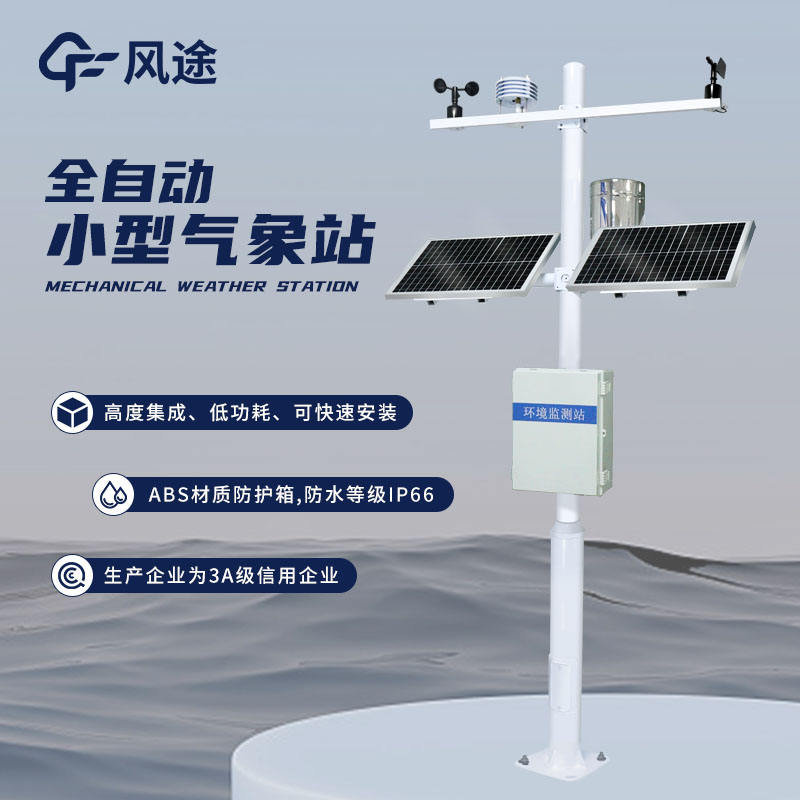
This paper addresses:https://www.yf182.com/industry/421.html
Related products
Related article
-
Microclimate monitoring equipment for agriculture
2024-07-12 -
Meteorological equipment for disaster prevention and mitigation
2024-03-01 -
Forest weather stations to protect against hill fires
2024-04-08 -
What is a speeding photo solar display?
2024-04-19 -
What are the advantages of the 12 metre manual pre-dischargeable lightning rod?
2024-05-28 -
Inventory of common types of weather monitoring equipment
2024-05-21 -
Vehicle - Mount Weather Station,Mobile Monitoring in Action
2024-12-27 -
This is a small weather station that works well ......
2024-02-29


